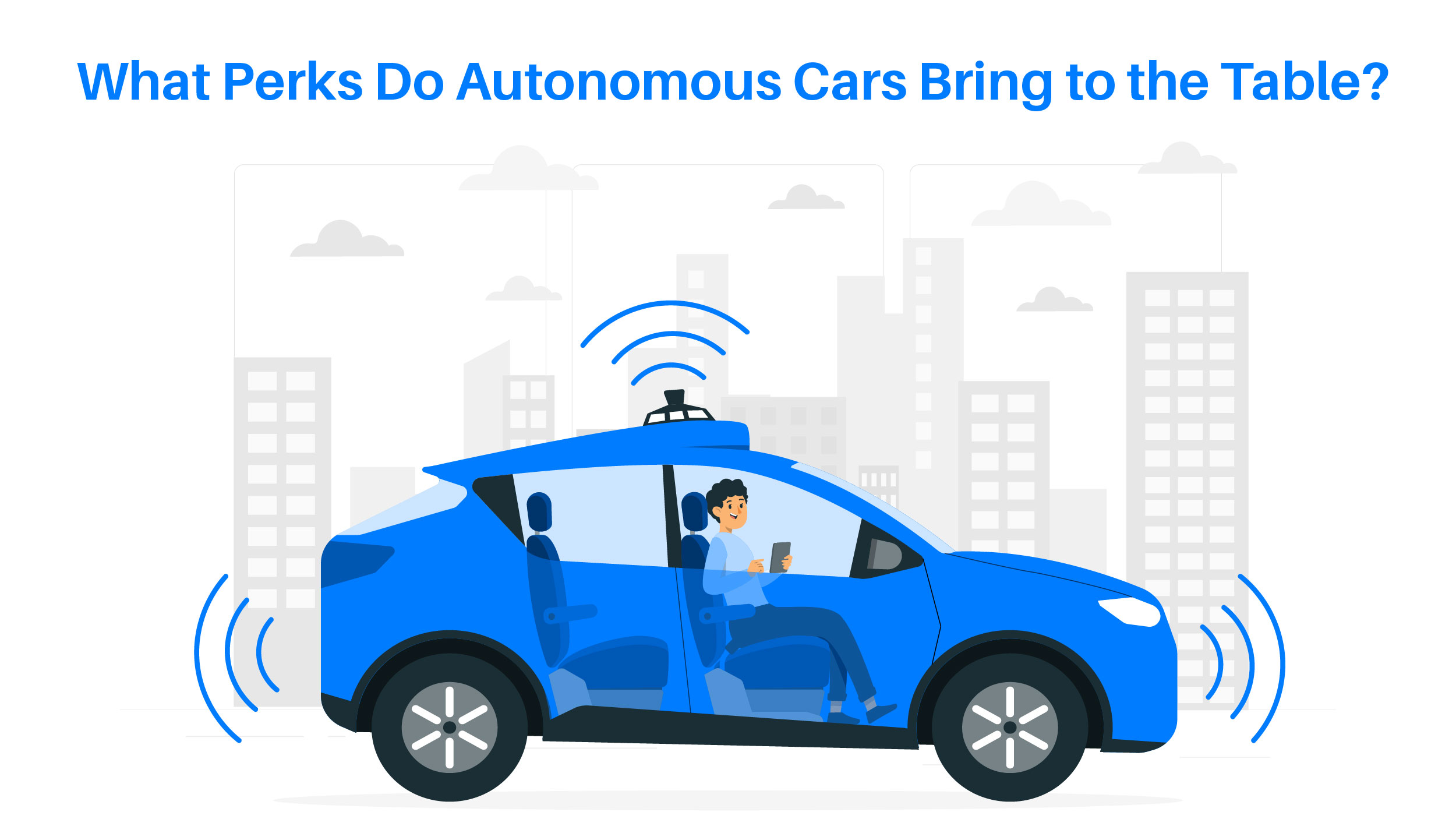Autonomous vehicles, which are revolutionizing transportation as we know it, are no longer just a fantasy. These amazing robotics have caught everyone’s attention, arousing interest and fascination. However, have you ever pondered “How do autonomous vehicles work?” As we uncover the technological wonders that underlie these future robots, be ready to embark on an exciting trip.
We’ll look into the inner workings of autonomous vehicles and learn about the amazing accomplishments that drive them ahead, from complex sensors to cutting-edge algorithms. Put your seatbelt on and get ready to experience the fascinating world of self-driving cars, where automation and creativity meet to reimagine our highways.
Can You Imagine Cars That Drive Themselves? Introducing Autonomous Vehicles!
A vehicle that can operate autonomously is one that doesn’t require human control. Depending on how automated they are, self-driving cars come in a variety of forms. These levels, which range from Level 0 (totally manual) to Level 5 (completely autonomous), have been established by the Society of Automotive Engineers (SAE), with six of them being adopted by the U.S. Department of Transportation.
In order to “understand” their environment and respond to commands, autonomous vehicles rely on cutting-edge artificial intelligence (AI) and machine learning (ML) technologies. Advanced computer vision techniques and sophisticated sensors and actuators are utilized to build a continually updated map of their surroundings, identify nearby vehicles and pedestrians, estimate distances, and identify uneven surfaces in roadways and sidewalks.
Even if a lot of these concepts are still speculative, autonomous vehicles can be connected to other external devices including intelligent traffic lights and roadways.
Self-driving, robotics, or driverless cars are other names for autonomous vehicles. As these technologies develop further, the term “self-driving car” is spreading like wildfire.
What Perks Do Autonomous Cars Bring to the Table?

90% of traffic accidents, according to the Victoria Transport Policy Institute, are the result of human error.
Comparing autonomous vehicle technology to human-driven vehicles, there may be certain benefits. One notable advantage of autonomous vehicles is their potential to enhance road safety. Vehicle accidents claim many lives each year, but automated vehicles may result in fewer fatalities because the software used in them is likely to perform more accurately than human drivers. Another benefit that autonomous vehicles may offer is a reduction in traffic congestion brought on by fewer accidents. This can also be accomplished via autonomous driving by eliminating human actions that clog up the road, particularly stop-and-go traffic.
Another potential benefit of automated driving is that it may allow those who are unable to drive due to age or physical limitations to use automated automobiles as more convenient modes of transportation.
Another potential benefit of automated driving is that it may allow those who are unable to drive due to age or physical limitations to use automated automobiles as more convenient modes of transportation.
How Do Autonomous Vehicles Work?
Autonomous vehicles require a range of components to operate their software effectively. These include sensors to gather sensory data, actuators to execute commands, advanced algorithms to process information, machine learning systems to improve performance, and powerful CPUs to handle computational demands.
Based on a number of sensors positioned throughout the vehicle, self-driving cars build and update a map of their surroundings. Radar sensors are responsible for monitoring the positions of nearby vehicles, while video cameras detect and identify traffic lights, road signs, other vehicles, and pedestrians. These sensors work together to provide the necessary data for the autonomous vehicle’s perception system. Lidar (light detection and ranging) sensors estimate distances, find road boundaries, and recognize lane markers by reflecting light pulses off the environment around the car. When it comes to parking, the autonomous vehicle relies on ultrasonic sensors positioned on the wheels to detect nearby curbs and other cars.
Afterward, advanced software processes the gathered sensory information, maps out a trajectory and sends instructions to the vehicle’s actuators, which control acceleration, braking, and steering. The software assists in complying with traffic rules, evading obstacles, and identifying objects by employing pre-established guidelines, obstacle avoidance algorithms, predictive modeling, and object recognition.
Ready or Not, Here Come Cars that Can Drive Themselves!
An example of an autonomous vehicle that is almost totally autonomous is Google’s Waymo experiment. A human driver is still needed, but only to overrule the system when it becomes necessary. While not fully autonomous, the vehicle possesses the capability to operate on its own under specific conditions. It is quite autonomous.
Even if many of the automobiles on the market now have a lower level of autonomy, they nevertheless have some self-driving capabilities. By 2022, several production cars had self-driving capabilities, including the following:
- When the driver’s hands are off the steering wheel, the car is centered. The driver must still maintain attention.
- A predetermined gap between the driver’s vehicle and the vehicle in front is automatically maintained using adaptive cruise control (ACC).
- When a driver breaches lane lines, lane-centering steering steps in to automatically direct the car towards the other lane line.
What Awaits Us in the Exciting Future of Autonomous Vehicles?

Electrification alone won’t determine how cars operate in the future. Automation is subject.
We are at the beginning of a transportation revolution, which is plainly obvious as we come to a close with our exploration into the future of autonomous vehicles. There are a plethora of options and virtually endless possibilities. Autonomous vehicles have the potential to drastically change our lives in ways we could never have anticipated, from safer roads to less traffic, from more accessibility to improved sustainability.
We excitedly look forward to a time when autonomous vehicles effortlessly navigate our streets, ushering in a period of comfort, efficiency, and unheard-of innovation as technology advances and regulatory frameworks change. So buckle up and keep looking ahead because the future of autonomous vehicles is just around the corner and ready to lead us into a new era of transportation. Let’s embrace the adventure ahead and the amazing opportunities that lie ahead of us.




